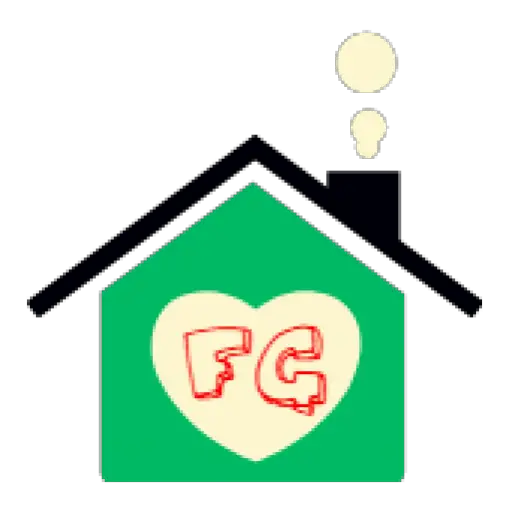To remove a mop head, locate the release mechanism, typically a clip or twist lock, and follow the instructions specific to your mop model for safe detachment.
Removing a mop head is essential for cleaning, replacing, or maintaining your mop. Different mop types have unique removal methods. This guide covers all techniques for twist-off, clip-on, and screw-on mop heads.

Types Of Mop Heads And Removal Methods
Mop heads come in various designs. Each requires a specific removal approach.
Twist-Off Mop Heads
Common in microfiber mops like the O-Cedar Microfiber Cloth Mop. To remove:
- Hold the mop handle firmly
- Grasp the mop head with your other hand
- Twist counterclockwise until it detaches
Clip-On Mop Heads
Found on many sponge mops and some string mops. Removal steps:
- Locate the plastic clips near the mop head base
- Press the release buttons on both sides
- Pull the head downward while holding the clips
Screw-On Mop Heads
Common in traditional string mops. To remove:
- Hold the mop handle steady
- Rotate the mop head clockwise (righty-tighty, lefty-loosey)
- Continue turning until the head comes off

Tools You Might Need
Some stubborn mop heads require tools for removal:
- Adjustable wrench (for stuck screw-on heads)
- Pliers (to grip tight connections)
- Rubber gloves (for better grip)
Cleaning And Maintaining Your Mop Head
After removal, proper cleaning extends your mop’s life. For microfiber heads:
- Machine wash in warm water
- Avoid fabric softeners (they reduce absorbency)
- Hang dry or lay flat
For deep cleaning solutions, see our guide on deep cleaning tile grout which uses similar techniques.
When To Replace Your Mop Head
Signs you need a new mop head:
- Frayed strings or torn fabric
- Persistent odors after washing
- Reduced cleaning effectiveness
Most manufacturers recommend replacing every 3-6 months with regular use. For homes with pets, consider more frequent replacement and check our pet area cleaning guide.
Troubleshooting Stuck Mop Heads
If your mop head won’t budge:
- Apply penetrating oil to threaded connections
- Let sit for 10 minutes
- Use a rubber mallet to gently tap the connection
- Try twisting again with improved grip
For extremely stubborn cases, soaking in warm soapy water can help loosen mineral deposits.
Safety Precautions
Always follow these safety tips:
- Wear gloves to protect hands
- Ensure the mop is completely dry before removal
- Work on a stable surface
- Keep tools away from children
Proper mop maintenance contributes to overall floor care. Learn more about mop cleaning techniques from cleaning experts.
